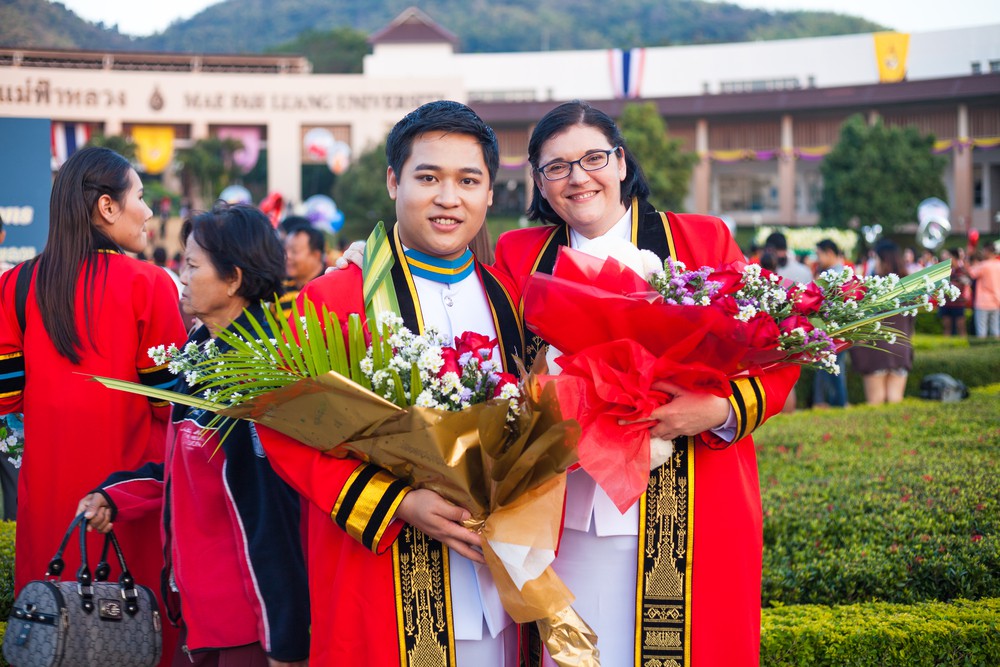A STRONGER cross-border education system with more links between institutes in different countries, could be the key to realising the economic and political aspirations of the Association of Southeast Asian Nations (Asean), experts have argued.
Bureaucratic barriers should be reduced to push for more higher education programs that will help students living in the region understand Asean better, according to panelists at a forum organised SEA Junction and the Heinrich Boell Foundation Southeast Asia last November.
The panellists were discussing the challenges in creating a “Common Space for Higher Education” in Asean, which will entail the harmonising of an estimated 12 million students and 6,500 education institutes throughout the region.
SEE ALSO: Asean reaches regional consensus over rights of migrant workers
What “multi-country degree programs” can do is help students “understand the region better, learn about regional processes and their intersection with global and local realities”, wrote Jaruwat Kiatiwongse the Director of International Network Development Office at Bangkok University and Rosalia Sciortino from Mahidol University in The Conversation recently.

Asean leaders join hands during a family photo before the 31st Asean Summit in Manila, Philippines on Monday Nov. 13, 2017. Source: Reuters/Aaron Favila/Pool
“These are just some of the key questions to be addressed in order to “Aseanise” higher education and stimulate the true spirit of Asean in 2018 and beyond,” they wrote. Higher education in the region is currently dominated by Singapore and Malaysia, which receive the bulk of international students.
Asean students also choose to study abroad in the United States, United Kingdom or Australia – the traditional favourites – instead of at institutions in their region. Data from the latest Thai government’s International Education Expo 2017 showed that only two Asean countries in the top 20 study destinations among the expo’s (mostly Thai) visitors: Singapore and Malaysia.
This is a missed opportunity for governments in the region to enact proper reforms in their education systems. Panelists argued that this practice “undermine educational systems in resource-poor countries that serve the majority of students who cannot afford to leave”.
Closing the educational gap between countries will be important, so that regionalisation of higher education does not result in further brain drain. For example, with only Singapore having world-class universities, attractive fellowships and post-study employment opportunities, it is attracting the brightest minds from Vietnam, Myanmar and other neighbouring countries.

Students graduate from Mae Fah Luang University in Chiang Rai, Thailand in February 2016. Source: Thiranun Kunatum/Shutterstock
There are some positive trends observed, however, such as Thailand positioning itself as a regional resource especially for neighbouring countries with lesser educational opportunities.
“In the last decade, there have been a growing number of international bachelor, master, and doctoral degrees in English that cater to both international students and Thai students who wish to access an international education locally,” the authors wrote.
SEE ALSO: Indonesia is brightest hope for democracy in Asean say parliamentarians, experts
Statistics from Thailand’s Commission on Higher Education 2013 showed that despite reports of the drop of quality in the country’s educational quality and lack of English-medium teaching, the country’s been doing well in increasing its share of students from neighbouring countries. Proximity to their home countries and lower tuition fees were among the informal reasons quoted by international students on why they chose Thailand.
China has the highest number of students in Thailand (7,405), followed by Myanmar (2,252) and Cambodia (1,317) – who are increasingly self-financed rather than on fellowships.
This article originally appeared on our sister website Study International
{“total”:1,”error”:””,”stumbleupon”:0,”pinterest”:0,”linkedin”:0,”facebook_total”:0,”buffer”:0,”google”:0,”vk”:0,”twitter”:1}





